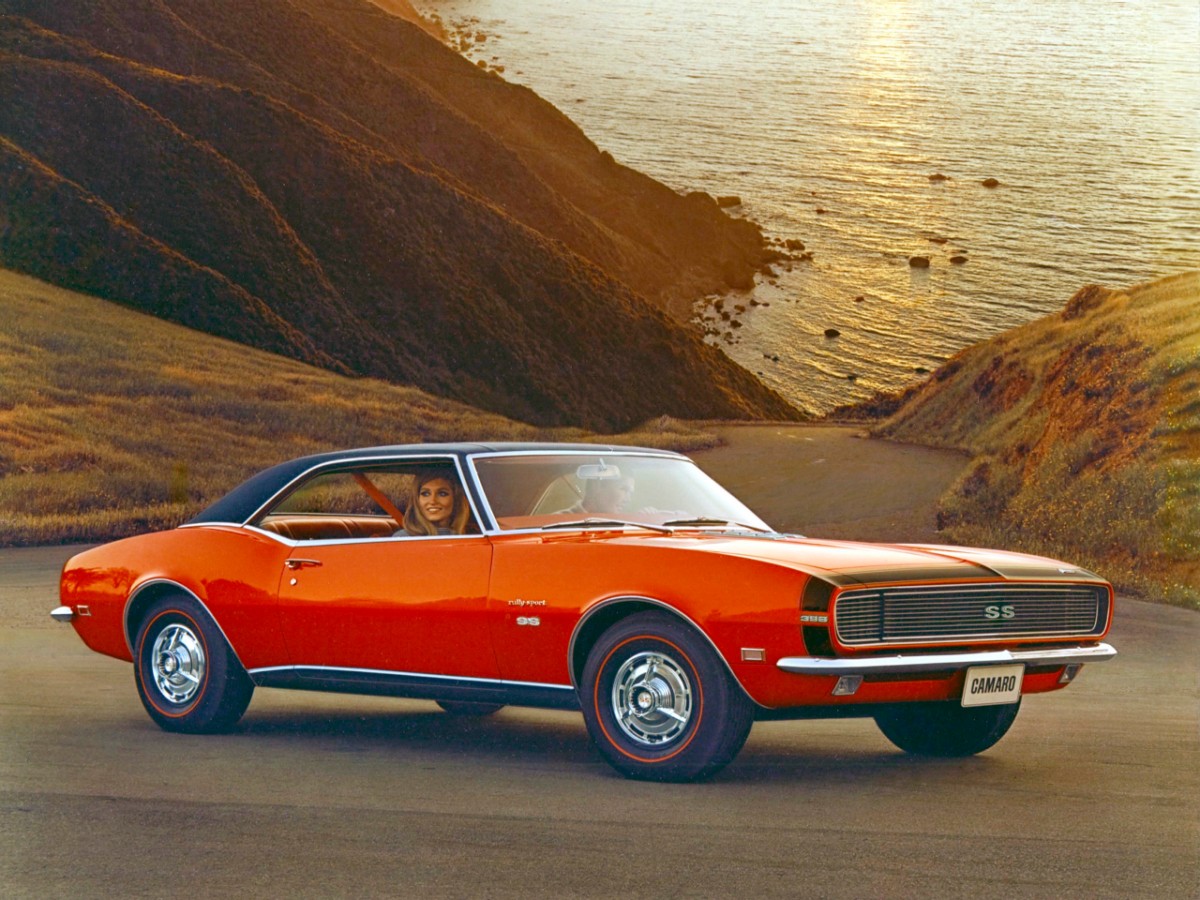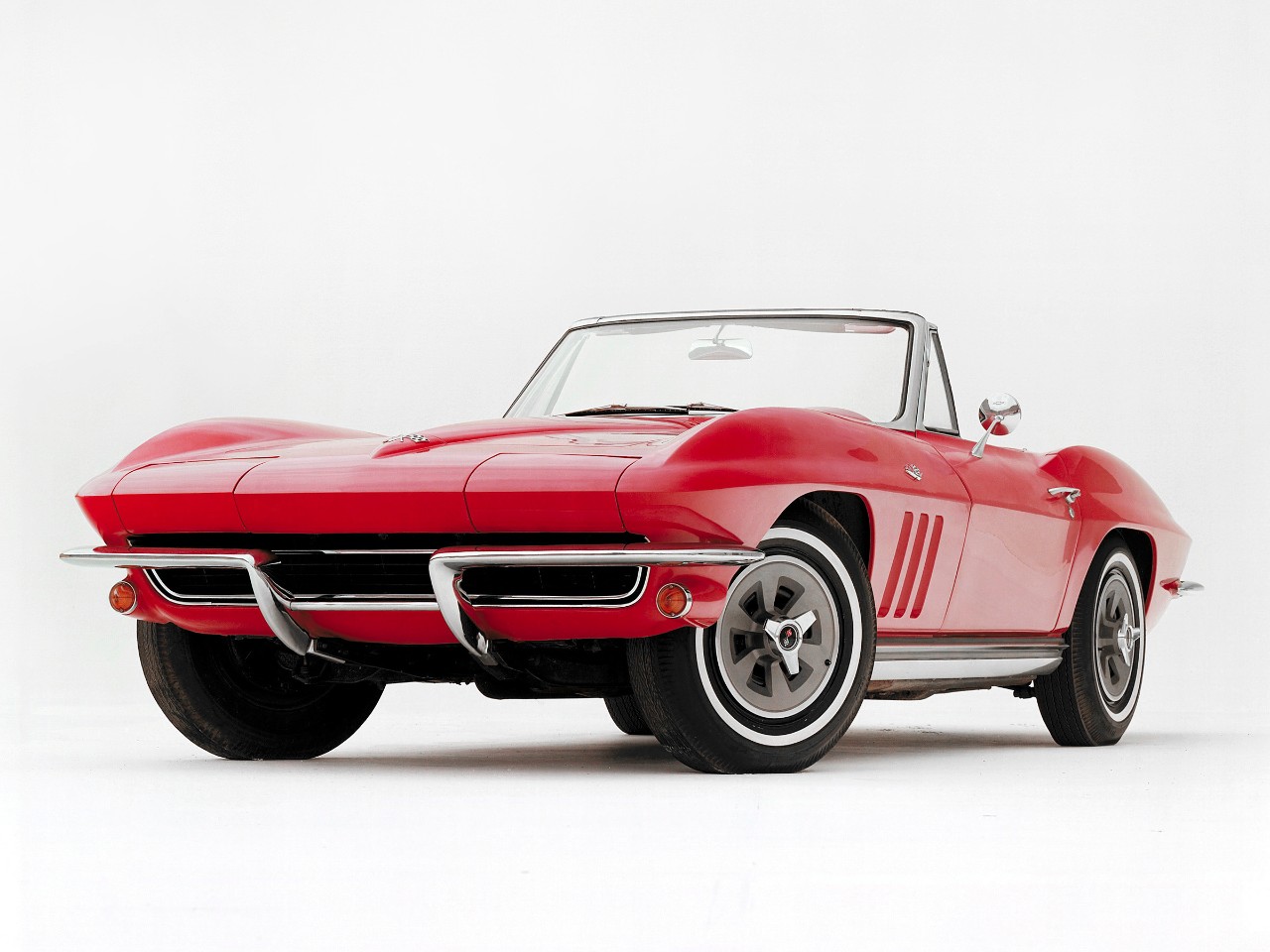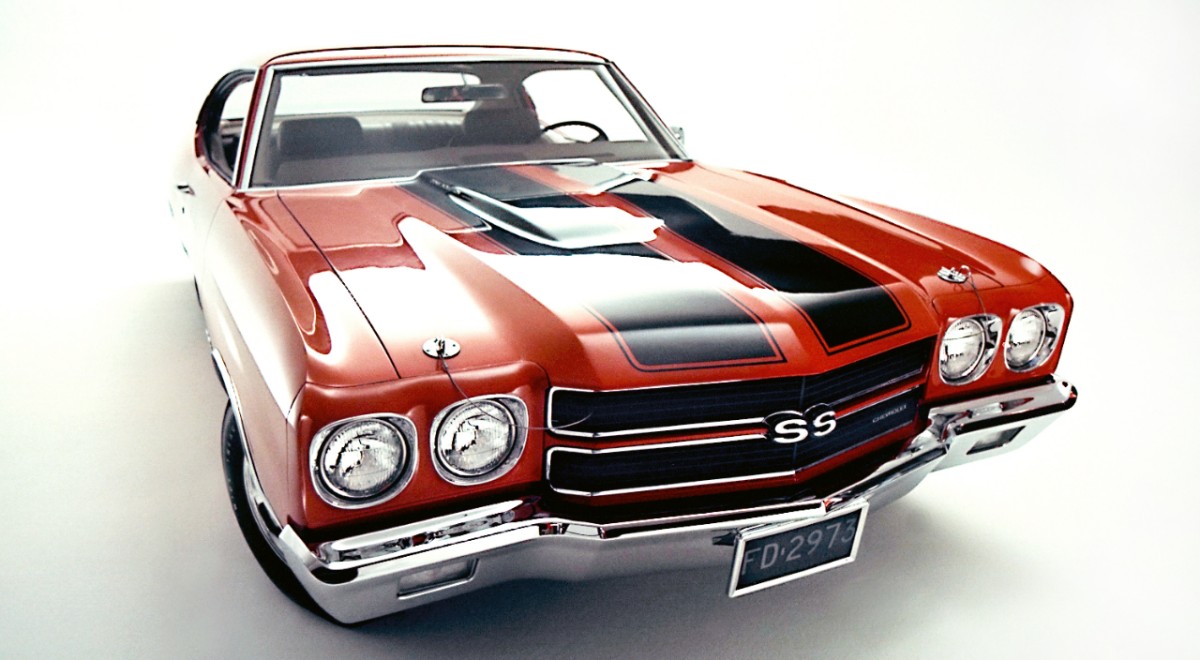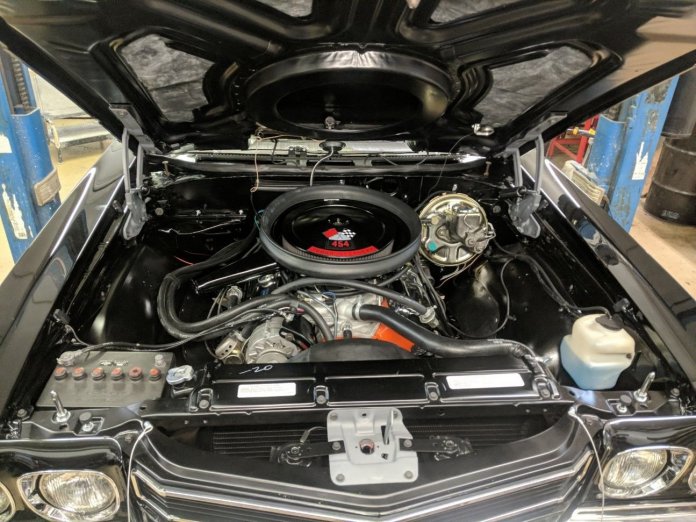Chevrolet has been America’s favorite performance car since 1955. Maybe Chevys didn’t have the most horsepower in the industry at that time, but soon the market would evolve and the Bow Tie brand would be at the forefront of the muscle car wars.
The struggle against competition lead to strategic decisions that may or may not hit the mark, especially after General Motors’ racing ban that began in 1963. Let’s look at some of those anomalies that continue to confuse enthusiasts.

L78 396
From 1965-70, the solid-lifter L78 396 was available for a number of Chevrolet models. In 1965, 425-horsepower engine was introduced for full-size Chevrolets and the Corvette. From 1966-70, the same basic engine was rated at 375 horses for the Chevelle SS 396, Nova SS (1968-70) and Camaro SS (1967-70).
Starting in 1969, Chevrolet officially offered an automatic behind the L78 for the first time after only being available with a three- or four-speed manual, though the specially prepared TH400 automatic debuted as a COPO special order for 50 L78 Nova SSs in 1968.
The L78 option continued into 1970 with a four-speed or automatic … except for the 1970½ Camaro. For some strange reason, if you wanted a Camaro SS with the L78, it seems your only choice was a four-speed. This is difficult to fathom considering 1970 L78 Chevelles and Novas were built with both transmissions but, out of the 600 L78 Camaro SSs built in 1970, all the surviving, documented examples have been four-speeds. Evidence has yet to turn up that 1970½ L78 Camaro SS was built with an automatic, according to Chevrolet experts.
| L78 | 1965 | 1966 | 1967 | 1968 | 1969 | 1970 |
| Full-size & Corvette | Stick | N/A | N/A | N/A | N/A | N/A |
| Chevelle & El Camino | N/A | Stick | Stick | Stick | Stick & Auto | Stick & Auto |
| Camaro SS | N/A | N/A | Stick | Stick | Stick & Auto | Stick |
| Nova SS | N/A | N/A | N/A | Stick & Auto | Stick & Auto | Stick & Auto |
L72 427
There’s a reason why full-size Chevrolets and the Corvette ditched the L78 in 1966: the introduction of the 427. Chevrolet bored the 396 4¼ inches and offered two versions: the 390-horsepower L36, and the 425-horse L72 with solid lifters. Think of the L72 as a L78 with more cubic inches and you would not be wrong.
But, for some reason, the L72 was missing from Chevrolet’s engine roster in 1967. For the Corvette, it could be explained that the new 435-horsepower L71 427 with tri-carb induction (basically an L72 with more carburetion) made the L72 redundant but, for any Biscayne, Bel Air, Impala or Caprice, the top engine available was the L36. For 1968-69, the L72 was brought back for full-size Chevrolets, plus it was used for the 1969 COPO Camaro and Chevelle.
Some Chevy enthusiasts think the L71 was going to be available for the 1967 SS 427, which may explain the L72’s temporary omission, but the L71 didn’t go beyond the Corvette.
| L72 | 1966 | 1967 | 1968 | 1969 |
| Corvette | Y | N | N | N |
| Full-size | Y | N | Y | Y |
| Camaro (COPO) | N/A | N | N | Y |
| Chevelle (COPO) | N | N | N | Y |
L79 327
Chevrolet introduced the L79 327 in 1965 for the Chevelle and Corvette, a high-winding stormer that was rated at 350 horsepower. In 1966, the L79 became available for the Chevy II but, for some reason, it was no longer available for the Chevelle. Perhaps this was due to the introduction of the SS 396?

Yet, in 1967, the L79 returned to the Chevelle and continued for the Corvette. Additionally, now it was rated at 325 horsepower for the Chevelle, the same as the standard engine in the SS 396 package. However, the L79 went missing from the 1967 Chevy II’s option sheet. More strangeness! And more speculation: could it have been due to the introduction of the Camaro? The Camaro didn’t need a lowly Chevy II to upstage it on the dragstrip. Nonetheless, six L79 Chevy IIs were built. The three documented examples that currently exist were all built in June 1967, so it was a late addition to the roster.
The L79 continued to be produced for all three models through 1968.
| L79 | 1965 | 1966 | 1967 | 1968 |
| Corvette | Y | Y | Y | Y |
| Chevelle & El Camino | Y | N | Y | Y |
| Chevy II | N | Y | Y | Y |

LS6 454
This Chevy head-scratcher is different, though no less confusing. On October 30, 1969, Chevrolet announced that it would introduce the Z15 SS 454 package for the Malibu coupe and convertible, and El Camino. Chevrolet also announced the 450-horsepower LS6 454 for Z15-equipped cars, and that it would discontinue the L78 for the Z25 SS 396 package.
It would make sense for the Corvette to have the LS6 too, right? But that never happened in 1970. However, a revamped LS6 was made available for the 1971 Corvette. Though General Motors lowered compression across the board in 1971, the 9.0:1 LS6 still put out a hearty 425 gross horsepower (325 net). The LS6 wasn’t so much a detuned 1970 LS6 as much as a low-compression improvement, especially due to the aluminum heads, which were not available in 1970.
But here’s what’s strange: despite the LS6 being on the Chevelle’s order form in 1971 and, presumably, some were ordered, production records show none were built. And why no LS6 Corvette in 1970? A guess would be the stillborn LS7 was going to be the next step up from the LT1 and LS5, so an LS6 may have appeared superfluous. So how to explain its absence from 1971 Chevelle production? Another guess would be the cost of the engine (over $1000), and the fact that the decline of high-performance cars had automakers making strange decisions—something we will touch on some more below.
| LS6 | 1970 | 1971 |
| Chevelle & El Camino | Y | N |
| Corvette | N | Y |






I like Chevrolet IROC Camaro and Monte Carlo and suv
Not being a Chevy fan but having a 300 hp, 350 in my street rod, could you and GM have made this more confusing and arcane. I’m worn out just reading this.
I agree with your comment about being worn out and somewhat confused after reading the article. A chart or some other visual aid listing the engine options, applicable years and the cars in which they were available would have been helpful, at least for me.
I guess I’m a typical man, as I’m visually stimulated. Ha!
Agree on the table idea.
I’ve added tables. I appreciate the suggestion.
Please check out the updates and tell me what ya think!
I believe that you may have over looked a real special engine from chevrolet, that being a DZ 302.
Nothing has been overlooked–the 302 is not in the same vein as these engines.
I purchased a 1970 Chevrolet Elcamino SS 396/375 hp. Red with black interior console bucket seats a black vinyl roof, Custome black cover. I so wish I still owned it and have been looking to purchase a rebuilt/reconditioned model.
My first car, in ’75, was a ’67 Impala SS with the 325hp 396 and a TH350. I returned from Africa/Middle East service to find my best friend had ditched his built ’70 SuperBee for a ’70 Nova SS with the solid lifter “375”hp 396, and a column shifted B&M enhanced TH400. I believe, but can’t be certain, that the Nova had a 3.70 axle; anyway, a light/short wheelbase car with that much torque and rev capacity, with ’70s tires & suspension was *ahem* quite a handful. My Impala was a gentle cruiser. The Nova was a squirrelly contender, and a brilliant niche car.
One of John DeLorean’s first edicts when he took over Chevrolet was to make the Corvette more profitable. That meant reducing warranty claims, which were horrendous in large part to the antiquated plant in St. Louis. Another measure was an engine de proliferation program. In short order, he got rid of the 350-350 and some wild big blocks that were planned: Tri-Power 454s and 454-inch versions of the L-88 and ZL1. My educated guess is the LS6 for 1970 was part of that.
It was interesting that he didn’t talk about the 396 in the then new 1970 Monte Carlo. The 396
was a hold over for that year for the Monte and the line of motors offered the new 400ci small block. Offered in a 265 hp and a 300hp. There was a 300 hp with 350ci. I had a 400ci small block in my Monte Carlo with electric windows, flip scale AM-FM radio, AC and fender skirts just to be stylish. Sure wish I had that car back but my wife put it on its top in 1985
I am unsure what anomaly there is with the 396 as you speak of that is in the same vein. The 396 for 1970 was a 402 that was marketed as a 400 for regular Chevelles and Monte Carlo.